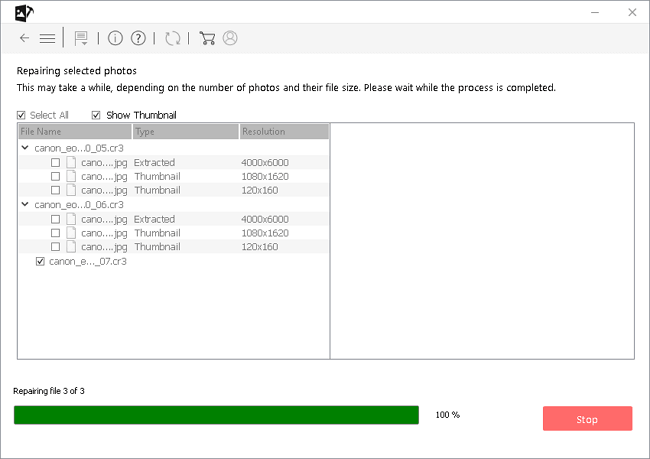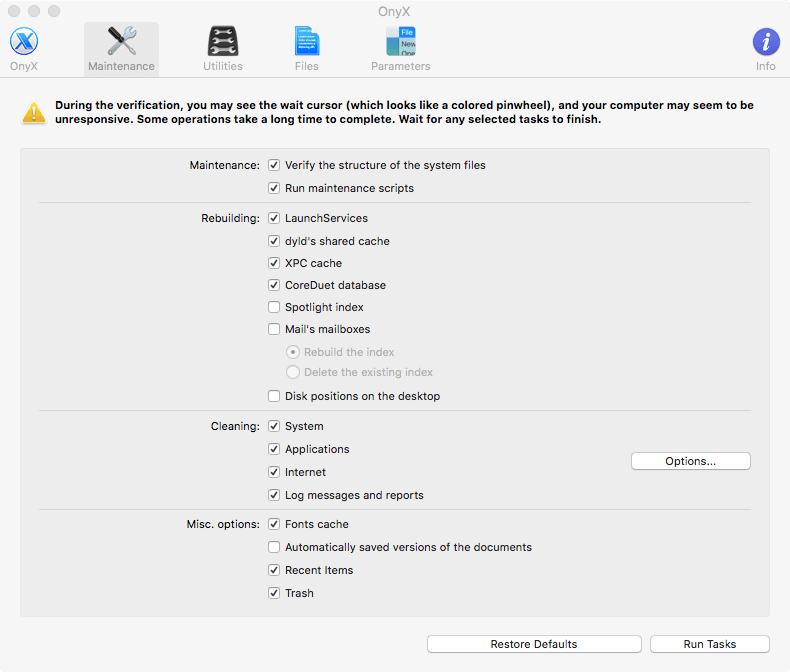
- #BEST MAINTENANCE SOFTWARE FOR MAC WITH MAVERICKS HOW TO#
- #BEST MAINTENANCE SOFTWARE FOR MAC WITH MAVERICKS INSTALL#
- #BEST MAINTENANCE SOFTWARE FOR MAC WITH MAVERICKS FULL#
These work in the background as gatekeepers to stop one app from writing to another, as well as a lot of other reasons.

PermissionsĮverything on your Mac is controlled by permissions. If you’re keeping the tabs open for reference later, you should either bookmark them or use Evernote to clip them for later. f you notice a slowdown while you’re working you should probably close a few tabs and come back to them later. So, the more tabs you have open the slower your Mac will be.
#BEST MAINTENANCE SOFTWARE FOR MAC WITH MAVERICKS HOW TO#
SEE ALSO: How to Rebuild the iPhoto DatabaseĮvery time you open a tab in your Internet browser you use up a little more RAM. Uninstall any apps you don’t use on a regular basis, making sure to get all the leftover files by using an uninstaller like AppCleaner, or by following Apple’s instructions here. These apps can have background processes running and overall just take up valuable hard drive space.
#BEST MAINTENANCE SOFTWARE FOR MAC WITH MAVERICKS INSTALL#
As time goes on we all install apps that seem great at the moment but we stop using them after a little while. Be careful which items you remove, as you might need some and not know it. To remove Login Items, select them and click the – button at the bottom of the window. The checkbox is only for whether the item is hidden or not. Every item you see in the list will load every time your Mac turns on, no matter if the box is checked or not. Next, select the user you want to change login items for, then click on Login Items.

Open up System Preferences and click on Users & Groups. Getting rid of startup items can actually be somewhat tricky, as it’s easy to interpret them incorrectly. This can slow your Mac down, especially at startup. Login ItemsĪs you install apps on your Mac many will want to start up when OS X loads. Right-click and close out of any apps you don’t need open at the time and you’ll save a great deal of memory quickly and easily. Mavericks made this light a little dimmer so it’s even easier to have too many apps open. This is one of the easiest tips in the list, but it’s easy to get a few too many apps open at one time without noticing thanks to how OS X shows open apps with only a lit dot. You should easily see what the culprit is that’s slowing your Mac down. Click on the tabs at the top to navigate between the various views. From CPU usage to allocated Memory, if there’s a speed issue on your Mac, Activity Monitor will see it.Īctivity Monitor is found in Applications > Utilities > Activity Monitor. The Activity Monitor is a great way to see what’s going on in your Mac. SEE ALSO: How to Manually Rebuild the Spotlight Database It will tell you if any indexing is currently going on. To check if Spotlight is currently indexing, click on Spotlight in the menu bar. If you’ve done major changes or updates to your Mac, Spotlight will rebuild that database, causing your Mac to run slowly until it is completed. Spotlight works by keeping a database of every file on your Mac, making them easily searchable. This will launch recovery mode and allow you to run Disk Utility as well as repairing disk permissions outside of OS X. If a restart doesn’t fix things, restart your Mac again but this time hold down the Command + R keys during the initial boot. Many of us leave our Macs on for long periods of time, and even though it shouldn’t, sometimes memory becomes a little clogged and needs a good restart. Once all of your software is up to date, a good restart will fix the majority of speed issues. SEE ALSO: How to Fix Apple’s SSL Vulnerability As for software that isn’t from the Mac App Store, check for updates every one to two weeks, even if they are set to automatically update. This will open up the Mac App Store and check for updates. To check for Updates to OS X as well as apps you’ve downloaded from the Mac App Store, click on the Apple icon in the upper left corner of the menu bar and choose Software Update. Fixing these with updates is the quickest way to make sure your issues aren’t coming from old software. There will always be software glitches, many of which cause undue lag on your system.

Keeping your Mac and the apps on it up to date is one of the most important ways to keep your Mac running fast and smooth. Warning: Before trying ANY of the tips below, make sure your Mac is fully backed up, ideally with Time Machine. Check out these 10 tips to speed up OS X Mavericks and if you have your own, leave them in the comments below. Whether you recently updated to Mavericks, bought a new Mac with Mavericks pre-installed, or did a completely fresh install of Mavericks, the tips below will help you get your Mac running as fast as possible and do away with any issues that might be getting your Mac down.
#BEST MAINTENANCE SOFTWARE FOR MAC WITH MAVERICKS FULL#
OS X Mavericks is a lean, mean, Mac-running machine, and while it’s been optimized to work as well as possible with a variety of Macs, sometimes things get slow and need a little TLC to get back to full performance.


 0 kommentar(er)
0 kommentar(er)
